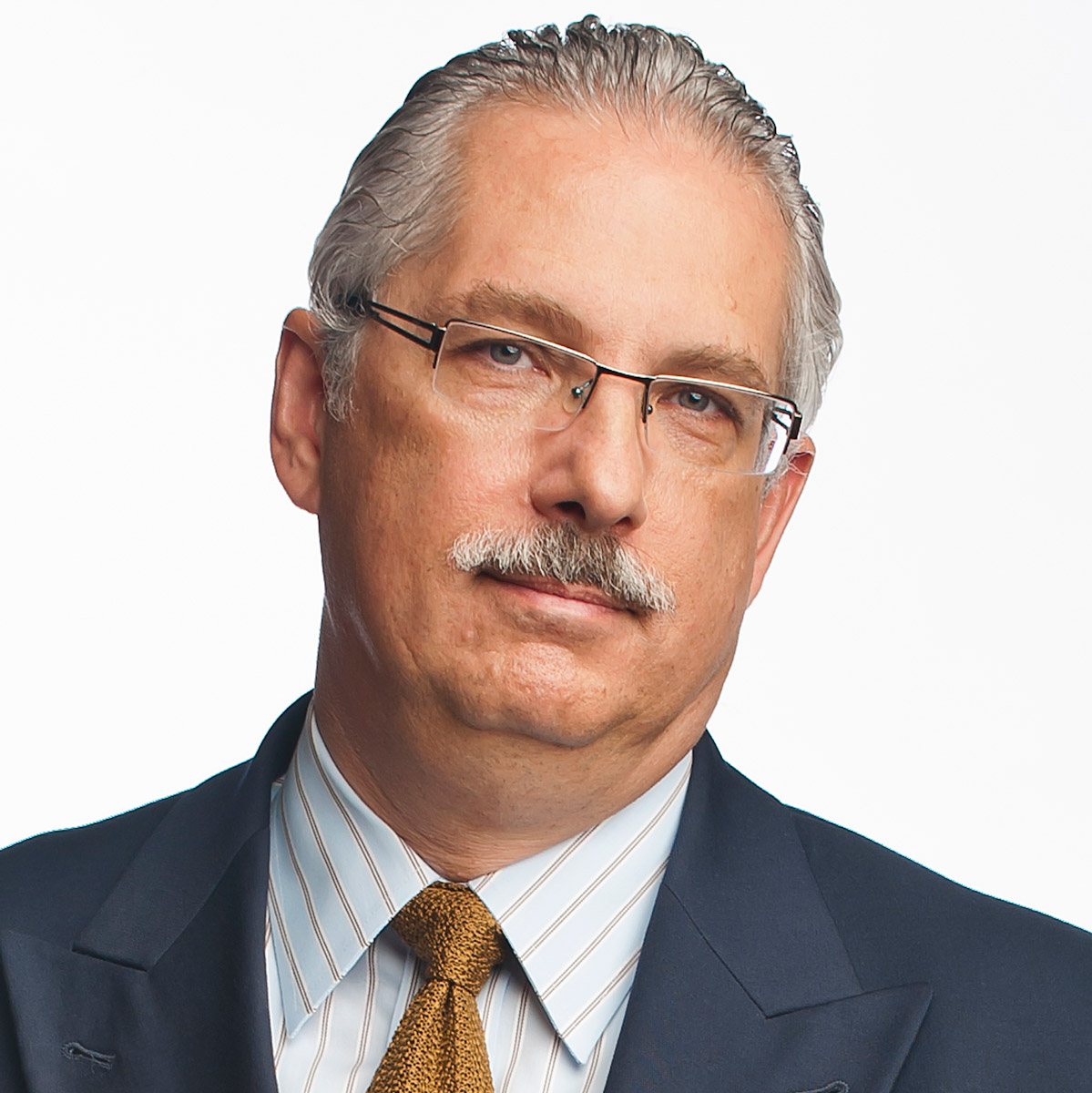
Three-time Florida State University alumnus Antonio J. Busalacchi has been elected to the National Academy of Engineering, which is among the highest professional distinctions accorded to an engineer.
Busalacchi, who serves as director of the University of Maryland’s Earth System Science Interdisciplinary Center and a professor in the Department of Atmospheric and Oceanic Science, was cited by the NAE for his understanding of tropical oceans in coupled climate systems via remotely sensed observations and for international leadership of climate prediction/projection research. He is among 80 domestic and 22 foreign members elected to the academy’s Class of 2016.
Ever since he was a boy, Busalacchi always knew he wanted to be an oceanographer. When it came time to decide where he would attend college, he says his choice was obvious — Florida State and its “very well-known program” in oceanography.
“As an undergraduate, I majored in physics, but Florida State also had an interdisciplinary track in oceanography so that I could get exposed to oceanography as an undergraduate,” Busalacchi said. “At most schools, oceanography starts at the master’s and the Ph.D. level.
“I entered the physics track, so that if oceanography didn’t work out, I would still have the physics degree to fall back on,” he said.
Oceanography did work out for Busalacchi, to say the least. After earning his doctorate from FSU in 1982, he spent 18 years at the NASA/Goddard Space Flight Center applying satellite observations to tropical oceanography and coupled climate activities. Since 2000, he has worked at the University of Maryland and, over the past 25 years, he has been heavily involved in the leadership of national and international climate programs.
Busalacchi credits his career track to the dynamic James “Jim” O’Brien, Florida State’s Robert O. Lawton Distinguished Professor of Meteorology and Oceanography. O’Brien — known as “Dr. El Niño” — served as Busalacchi’s major professor as he earned his master’s degree.
“Going back and starting with my work with Jim, I was studying for a degree in oceanography, and Jim’s department was meteorology,” Busalacchi said. “So I was in one of the early waves of scientists who were kind of amphibious in character, looking at how the ocean couples with the atmosphere.
“I studied things like El Niño, which is a problem that doesn’t exist in the ocean by itself and doesn’t exist in the atmosphere by itself, but as a result of the ocean and the atmosphere being coupled,” he said.
O’Brien encouraged Busalacchi to go on to the Massachusetts Institute of Technology to earn his doctorate.
“It’s not always necessarily best to go your entire career at one institution, but I had this sense that I could do no better, in terms of my education, than FSU and my mentorship from Jim,” Busalacchi said. “To this day, zero regrets. Everything worked out great.”
These days at the University of Maryland, Busalacchi teaches a class on earth systems science. He focuses half of the class on the scholarly aspects of earth systems science and the other half on what it means to be a practicing scientist.
“It’s about the experiences and guidance I got from Jim as a student, in terms of preparing me to be a successful scientist,” Busalacchi said.
Busalacchi teaches his students critical thinking and how to read journal articles and critique their weaknesses. He also has them do presentations on their work and write mock proposals to funding agencies.
“Everyone in the class reviews their peers,” Busalacchi said. “These are the sorts of experiences that I got as a student under Jim that really prepared me for life after FSU. That was more of a one-on-one mentorship, and I draw on that experience and bring it into my classroom.”




